Dear Editor,
To put it simply, WWII History is a spectacular magazine.
Nowhere else can one find such well-researched, clear, or concise articles as the ones found on your pages. It is open-minded, and at times very thought-provoking. Your magazine is not biased in the least, and even atrocities such as the Japanese mistreatment of prisoners is treated as a simple fact, and bears no will against the Japanese today. Here in Canada, we hear enough of the blatant racism America directs at Asians and Europeans; it is refreshing to be reminded not all Americans are George Bush.
Speaking of Canada, I was very appreciative of the piece describing the fall of Hong Kong. Nowhere else have I read such praise of Commonwealth efforts. Reading it also gave me a better insight into my grandfather’s experiences in the Pacific Theater, where he was taken prisoner by the Japanese and would live under them for years.
Thank you for making such a wonderful compilation of historical importance available to the public. From what I’ve seen, I’ll be following it for a long time.
Sincerely,
Matthew Jackson
via e-mail
Dear Editor:
I am a former Marine (1970-1972) who is a geographic historian of WWII. Sam McGowan’s article (“The U.S. Fifth Air Force: A Strategy to Win,” March 2003) was most informative concerning General Kenney’s 5th Air Force. I wanted to make a correction on the Hollandia/Biak/Noemfoor timetables. On page
79 McGowan places the Hollandia landing on April 21, 1944, against two well-defended objectives referred to as the Hollandia-Aitape operation. A total of 84,000 soldiers were scheduled to take these areas. Hollandia gave MacArthur/Kenney a 350-mile additional range to carry out bombing runs on Biak and Moemfoor Island. McGowan describes Noemfoor as being “on the northwestern tip of New Guinea …” In fact, Noemfoor was a smaller sister island to Biak and was thought to be an easier take. Biak was assaulted by the U.S. 41st Infantry Division on May 27, 1944, and was not declared secured until mop-up July 22, 1944. The Noemfoor “gamble” began July 2, 1944, with the 503rd PIR paradropping onto Kamiri Airdrome. On the northwestern tip of New Guinea was Sansapor-Mar on the Vogelkop Peninsula. The U.S. 6th Infantry Division landed unopposed July 29, 1944. Morotai, which McGowan refers to as “an island in northern Indonesia,” is actually the last of the “stepping-off islands” of New Guinea and would later become a major staging area for future assaults on Mindanao and Leyte. The Morotai Operation began September 15, 1944, and was assaulted by the U.S. 31st Infantry Division. Projection of airpower directed at the Philippines was of utmost importance during these crucial days endured by the U.S. Fifth Army-Air Forces 1942-1944.
Respectfully sent,
William Stegall
via e-mail
Dear WWII veterans:
I am an American Indian wanting to correspond with any WWII veteran with a connection to anyone who worked with military animals (dogs, horses, messenger pigeons, etc.) or who has an animal mascot story from the war years.
I would also like to hear from any person of American Indian ancestry who served in any branch of the military during the war. Women are encouraged to reply.
I am looking for any information on sex, dating, and romance during the war, including bawdy marching lyrics, favorite pin-up girls, military hygiene lectures, red light districts, ideal dates, “Dear John” letters, wartime marriage proposals, and other related topics.
I am also seeking any duplicate photographs connected to any of these topics, especially those showing men and women in uniform.
Thank you for any response.
Sincerely,
Robert J.Clark
P.O. Box 685
Collinsville, IL 62234
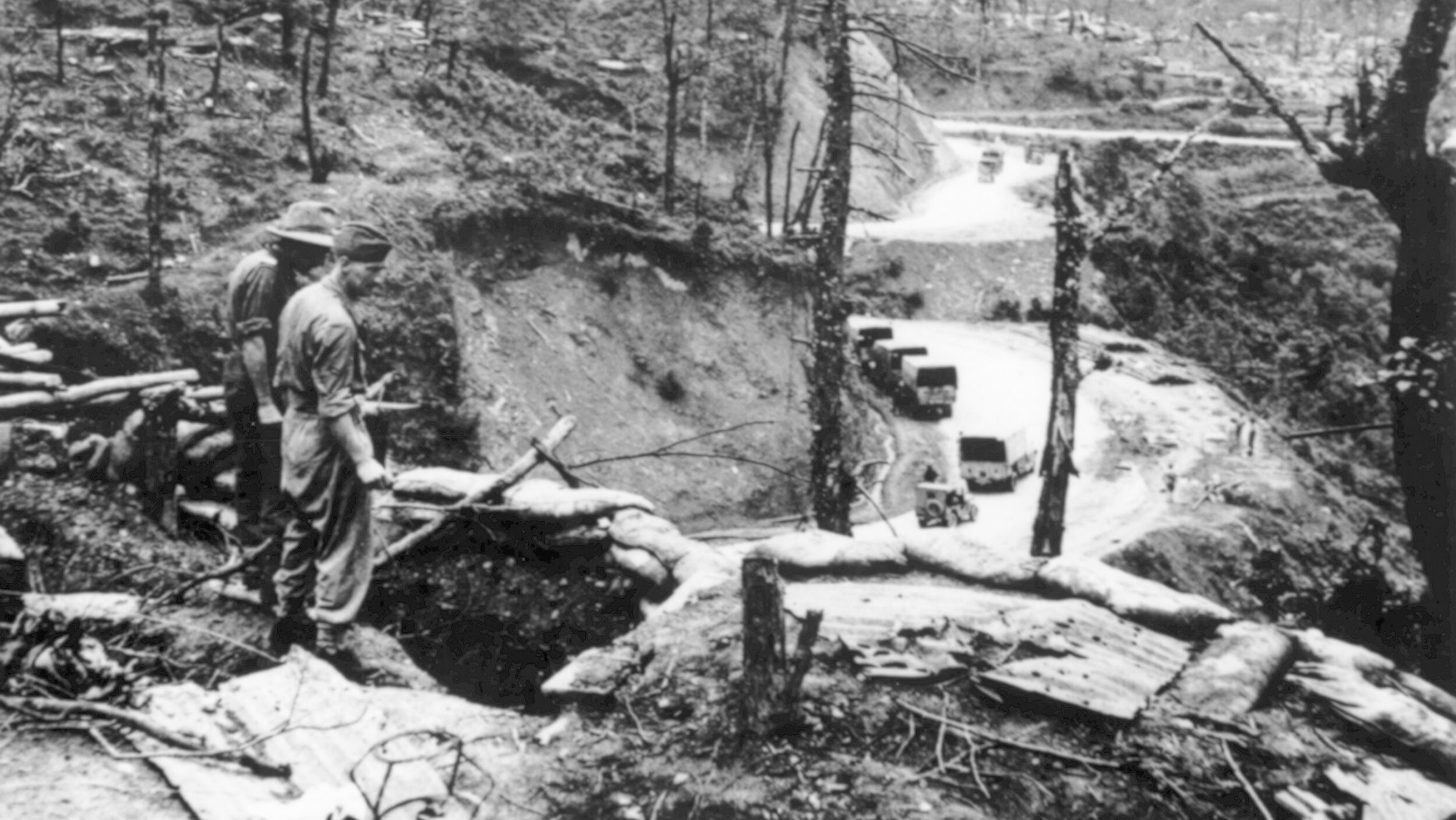
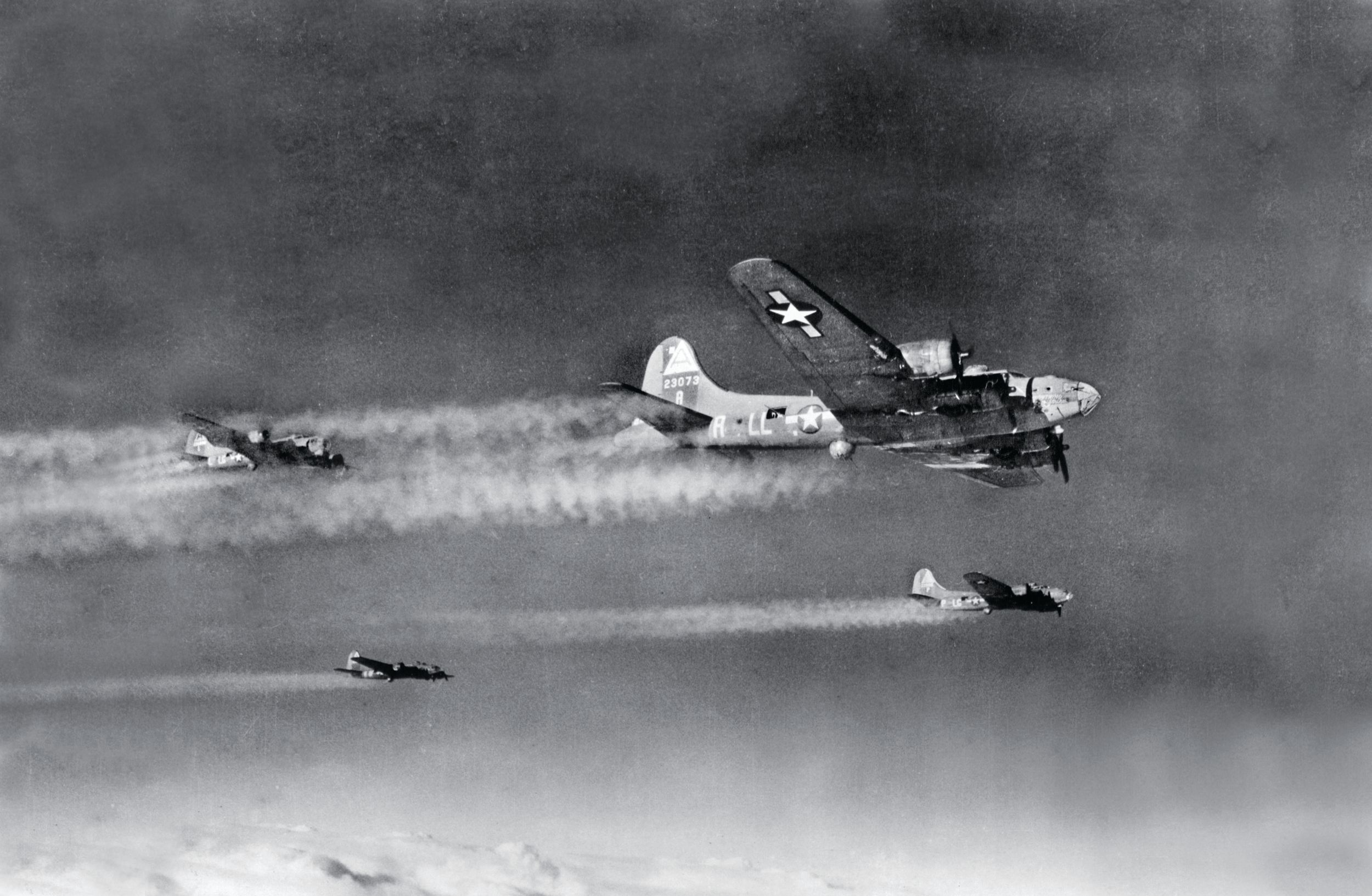
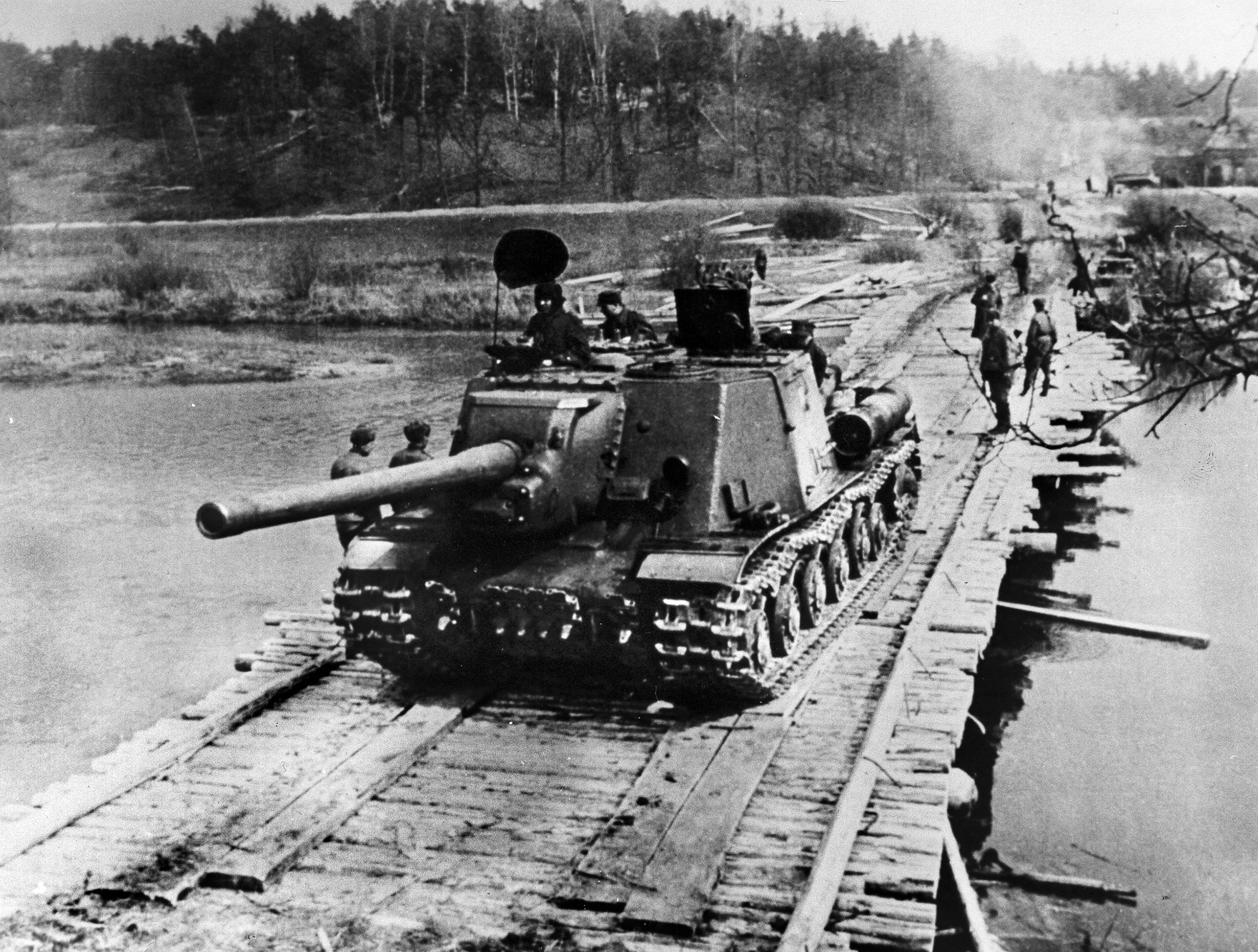
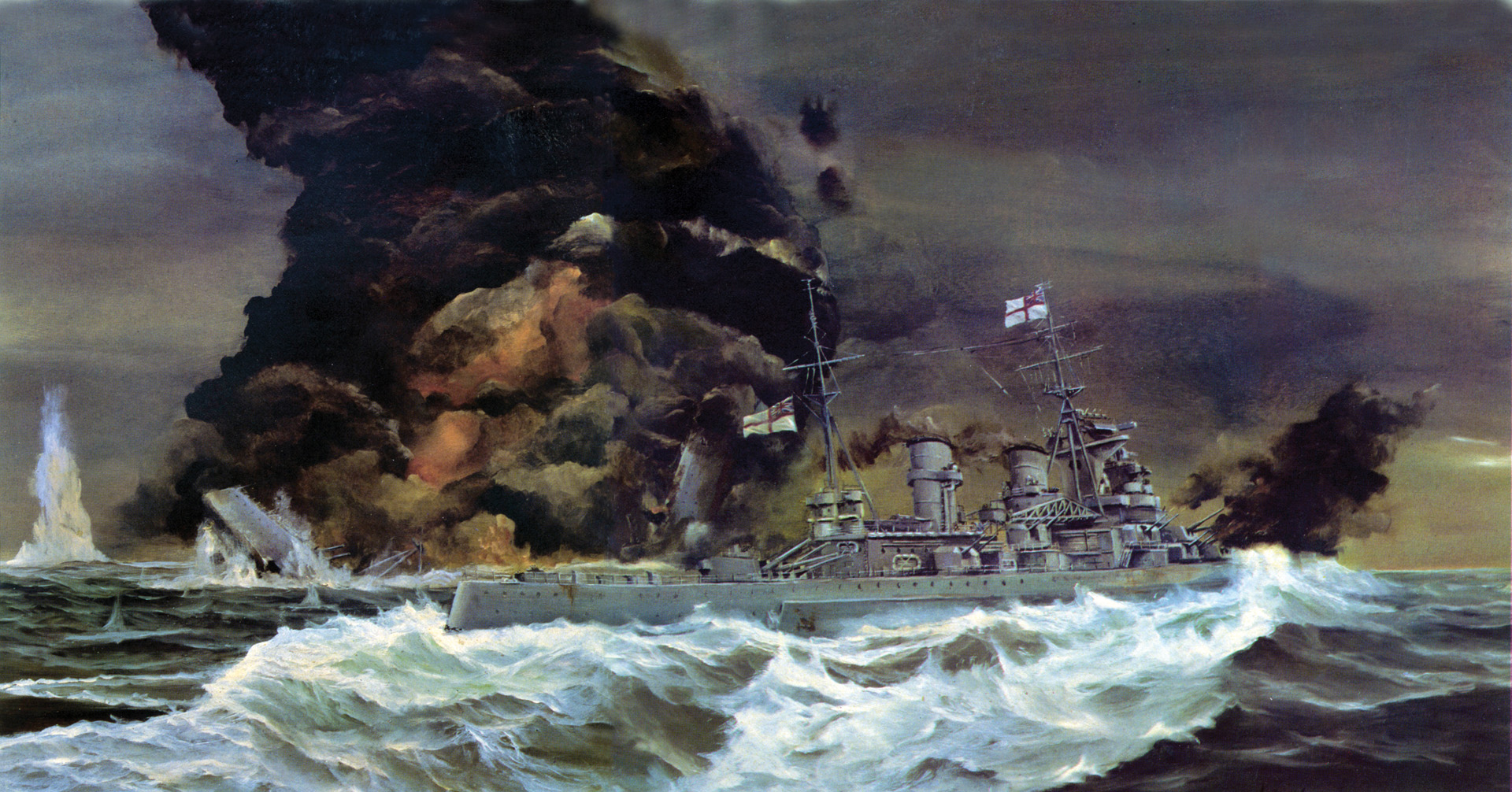
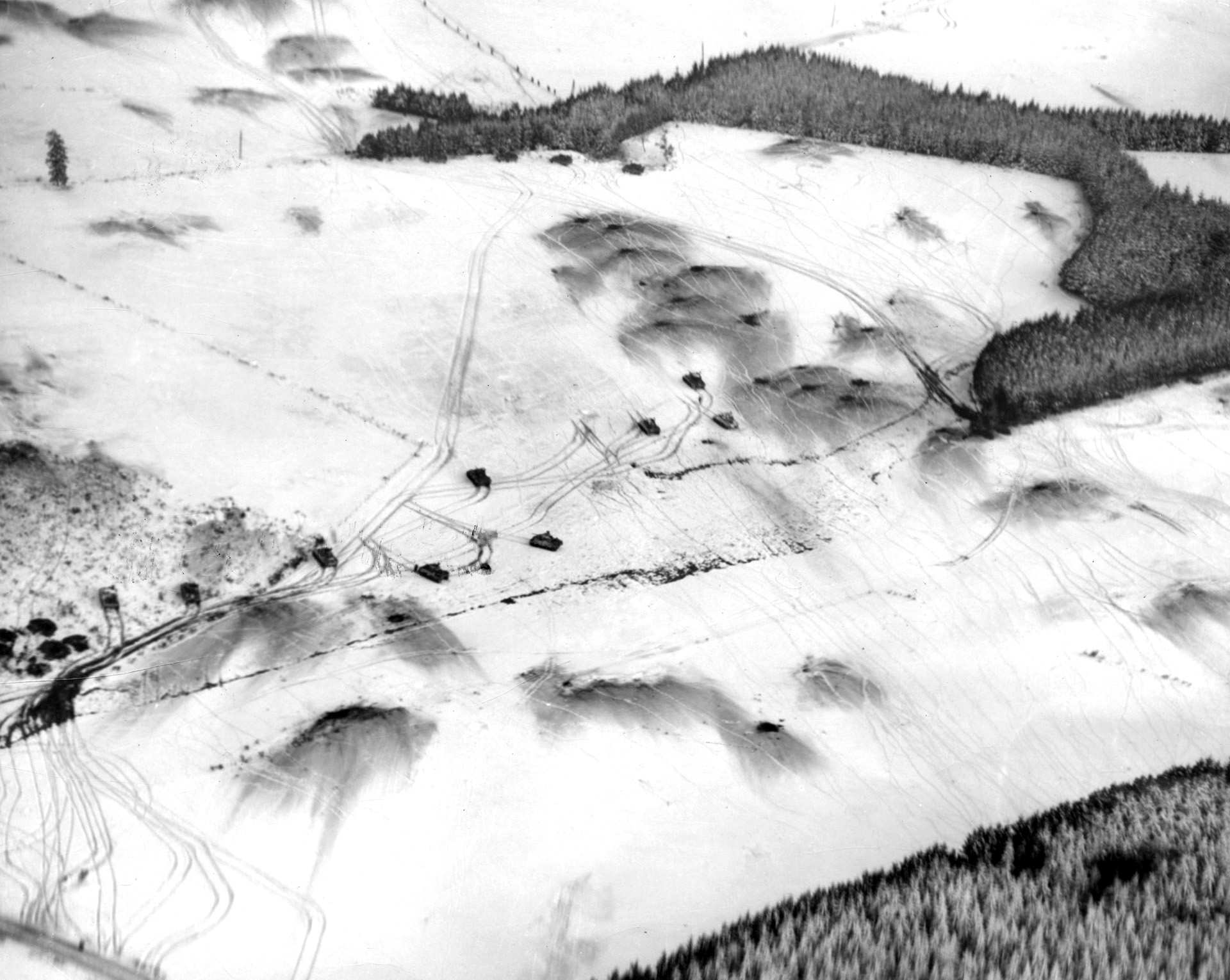
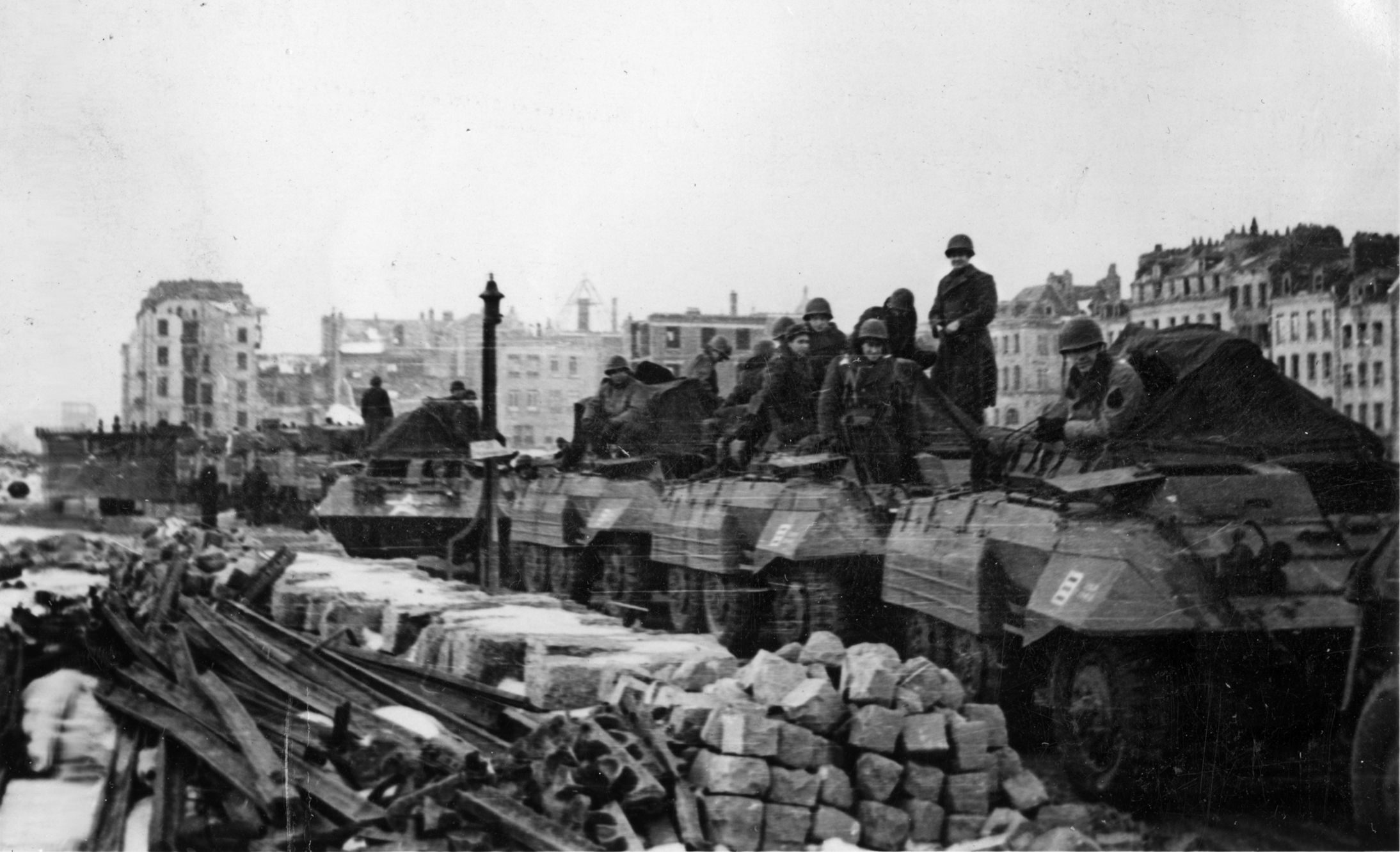
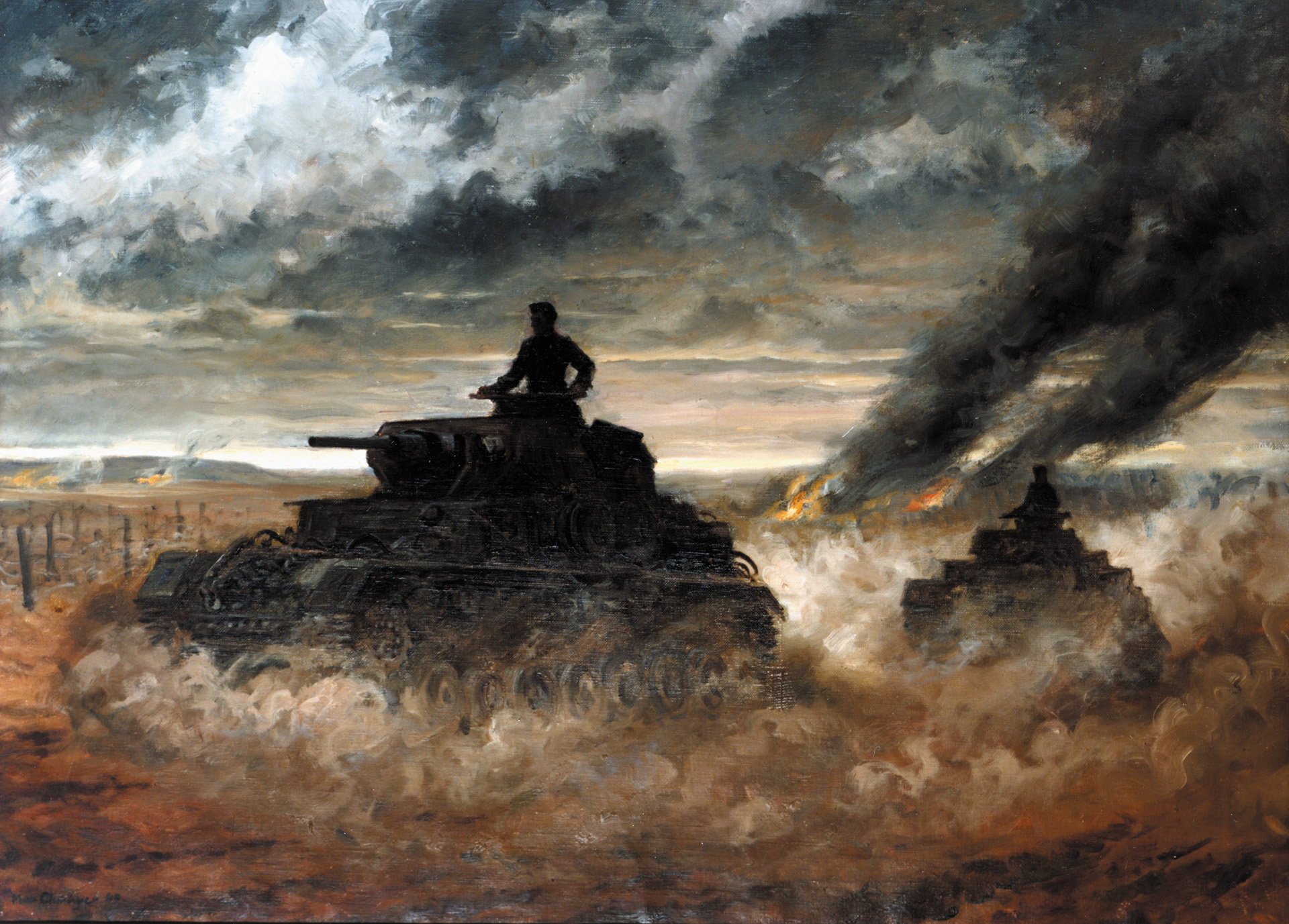
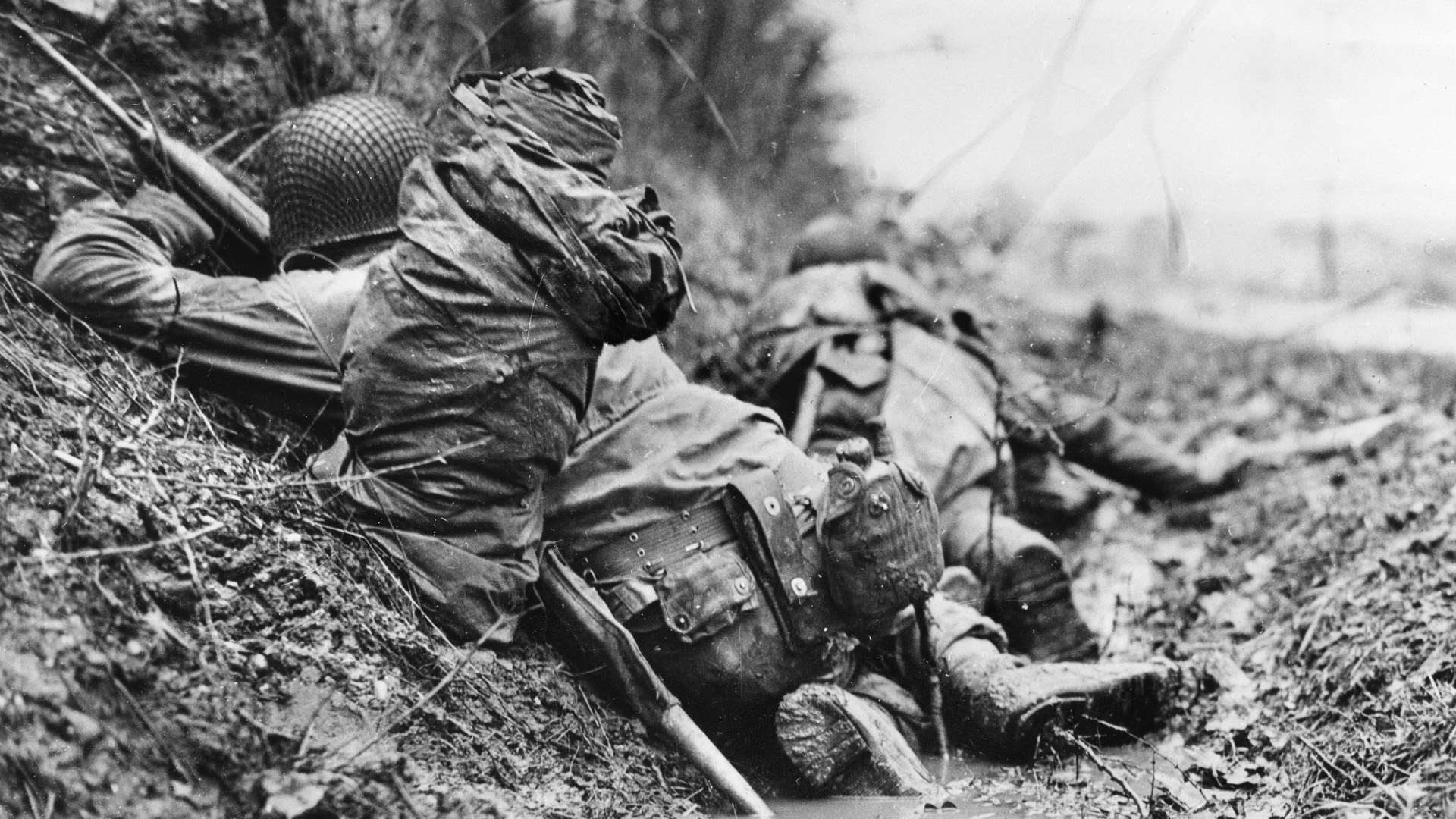
Join The Conversation
Comments
View All Comments